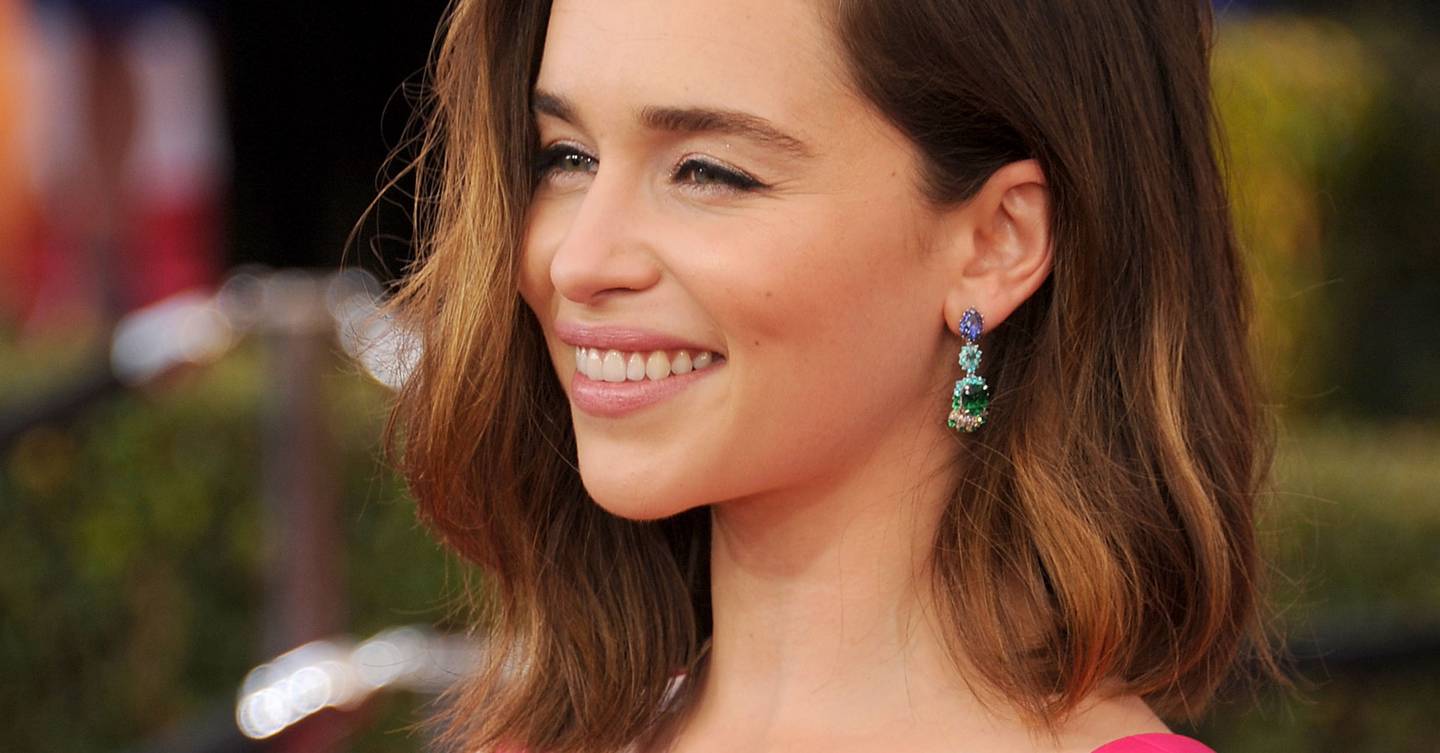Most people who have played around with their hair colour will know, it’s hard to get right… and it’s hard to get back.
Cue exhibit A: lockdown. DIY dye disasters, and a reluctance to be tied to a hair colour that requires diva-level upkeep, has led to many of us seeking a return to our natural hair colour.
I shouldn’t laugh, but Tik Tok’s “Just Did A Bad Thing” thread is rife with people annihilating their hair with bleach and patchy applications out of boredom or desperation. “I saw this and was laughing and cringing at the same time,” wrote A-list colourist Rita Hazan on her Instagram. “Colour and bleach are chemicals and you can’t just play around. We went to school, trained under someone for years and are licensed!”
The thing is, hair colouring is pretty darn technical. Not only do you need to know what colour you are – and what colour you’re aiming for – you need to know the history of all the past hair dyes and bleaches buried within your strands. These can react with anything new you put on top and create wonky undertones and unexpected tinges.
Therefore, returning to your natural hair colour, might be tougher than you’d expect. But, if you are ready to ditch the dye and embrace your natural strands, there are steps you can take to wean your way back.
I asked three top hair experts what they’d suggest…
Cut it out
“When wanting to get back to your natural it’s best to cut out as much as you feel comfortable with. Obviously the shorter the cut, the quicker you’ll get there,” explains Gemma Moore, hair stylist at Hershesons. “Going for a soft short pixie cut looks super cool, keeping the haircut very textured with not much of a defined parting. Other options would be to have a chic French bob, something that can be tucked behind the ear or slicked back. This style is super versatile and isn’t as big of a leap into short hair.”
“The final option would be more of shaggy textured hair cut with bangs. Bangs will really help blend roots in more but may need to be cut a few times for colour to fully come out,” adds Gemma. Top colourist, Nicola Clarke agrees. “Obviously it depends on your face shape but, cutting a fringe in helps with cutting out a lot of colour. I’m seeing a lot of soft mullets, which is very layered so that’s great for cutting out colour.”
Support with your products
Silver shampoos and root blenders are an essential ally when it comes to growing out old colour, but box dyes and tints might make more of a mess. “Trying to tone your hair at home can result in green or flat hues, while choosing a lighter box dye shade when your hair is already coloured will not work,” explains Hershesons colourist, Jenna Norman. “Tint does not lift tint. Your only option is a bleach/colour remover. Which should be left to professionals.”
“I wouldn’t lift hair at home,” agrees Nicola, “but Virtue’s Restorative Mask is amazing at brightening up coloured hair, I used it through lock down and it brightened my blonde up brilliantly.” Silver shampoo is also a good idea, in moderation. “It can neutralise any yellow tones but not orange tones,” says Jenna. “It’s best not to overuse them, so you don’t make your blonde patchy. Using every four to five shampoos is best.”
As for root touch-ups, “there are some sprays and powders that will cover unwanted roots temporarily. L’Oréal Magic Retouch (the spray version) is better for larger root areas and has a great shade range,” says Jenna. “Colour Wow (the powder) is best for smaller areas and covering white hair.”
Lead with some strategic tinting
If you’re in it for the long-haul, it can be a journey back to your original colour, rather than a one-stop-shop. You can start by taking your hair to as close as your natural colour as possible, then going from there.
“If you have a solid line regrowth, it’s all about shattering that line. This cannot be rushed,” says Jenna. “We’d lighten or deepen the whole hair to a shade similar to your natural first, then sprinkle highlights in where needed to soften.” This means that when your natural hair colour comes through, it should blend in seamlessly. This way you can keep growing it out without adding more dye.
Leave it to the pros though as there’s lots of pretty things they can do. Nicola was responsible for taking Cate Blanchett from bright blonde to brunette and back again for the red carpet. She was also the expert behind Emilia Clarke‘s return to brunette, so she’s very familiar with the work that goes into it. “When you turn hair back to a darker colour you need to pre pigment the hair, which basically means you have to add the warmth back into the blonde before you put the brown on. Too much warmth and it has a red undertone. Too little and it turns green,” she says. Once you’ve got that colour right, “I like to add a few shades of brown in foils and then tint around with a semi permanent dye,” she says.
“If you are done colouring and want to embrace your grey, your colourist will need an idea of your natural hair colour pattern, so come in with at least a 6-week root or more,” says Jenna. “We can use different shades to emulate your natural colour, blending out the tint over time with less and less dark to let them start to show through.”
